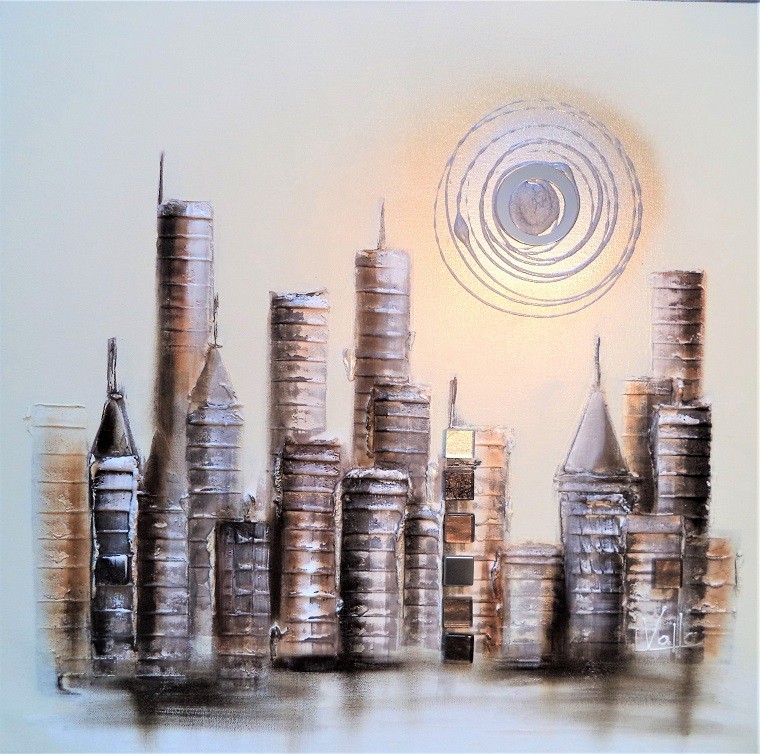Once you’ve finished your latest piece of artwork and are ready to put it up for sale, the final stage before unveiling it to potential buyers is to create some copy to engage viewers and explain your inspiration behind the piece.
Although your artwork might speak for itself, potential buyers do like to hear the ‘story’ behind your piece as it allows them to make a deeper emotional connection and get an insight into the mindset of the artist that created it.

So, if your latest piece is almost ready to go up for sale, here are a few top tips on how to create some killer copy to attract buyers and art lovers alike.
What was your inspiration?
Understanding what inspired an artist to create a particular piece is something all art buyers want to appreciate when selecting a piece of art to adorn the walls of their home or workplace. This insight is an excellent place to start when creating copy for your art, so discuss a particular subject, theme or location that inspired you to pick up your artist’s tools and commit your work to canvas.

Evoke feelings
One of the main reasons that people buy, display and collect art is because it evokes an emotional response. Adding the emotions that your latest piece inspires in you can help viewers decide if they mirror those feelings and provides a connection between yourself and any potential buyers, so it’s something that you should definitely include in your artwork copy.
The technical bit
Art buyers will also need to know a little more about the construction and materials used in your piece, so don’t forget to include a few of the basics such as the style you’ve used, what materials you’ve chosen for this particular artwork and what fabric or material that artwork is actually on as this can make all the difference to buyers.

You’ll also need to ensure that you include the size of the piece so that any potential buyers can measure their available space in the area they think your artwork would look best.
Selling your artwork online means that it isn’t always clear which materials you’ve chosen to use or the size, so it’s always a great idea to add any technical and material details to your artwork copy towards the end.



